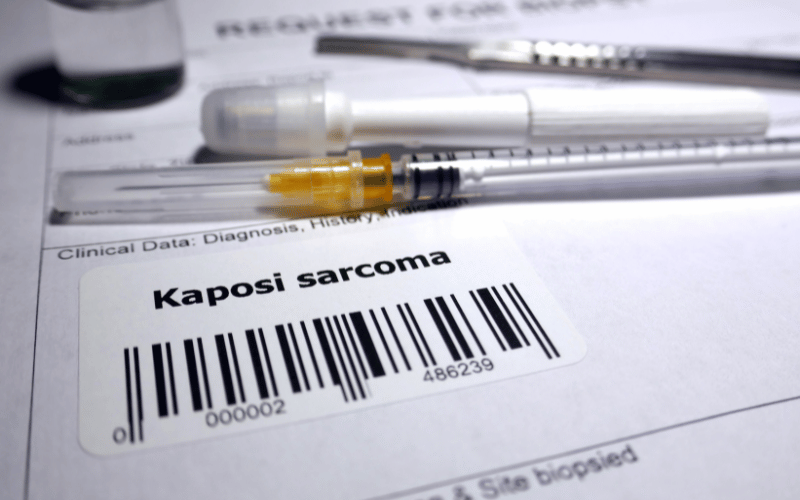Introduction: Unraveling the Mysteries of Kaposi Sarcoma

The medical world is vast and intricate, with numerous conditions that are vital for us to understand. Among these stands Kaposi Sarcoma (KS) – a name that might not ring a bell immediately, yet holds significant weight in the medical community.
KS is much more than just a medical term; it represents a reality for many, bridging the gap between intricate cellular processes and palpable human experiences. Whether you’ve come across this term in passing or are delving deep to understand a diagnosis, knowing the crucial facts about Kaposi Sarcoma can make all the difference.
This article, informed by leading expertise, aims to peel back the layers of KS, highlighting 15 of its most essential facets. From its origin to the challenges it presents, from its types to the breakthroughs in its management – this write-up promises a thorough insight.
In the journey of knowledge, it’s not just about facts and figures. It’s about understanding the nuances, the whys and hows, and the impact on the lives of those affected. By the end of this exploration, you’ll not only be more informed about Kaposi Sarcoma but will also appreciate the importance of staying updated in the ever-evolving realm of medical science.
1. Origin and History: The Evolutionary Tale of Kaposi Sarcoma

In the expansive realm of medical history, few diseases carry a legacy as enigmatic as Kaposi Sarcoma. It’s an illness interwoven with tales of discovery, evolution, and a constant drive for understanding.
In the 1870s, Dr. Moritz Kaposi, a Hungarian dermatologist, presented the world with a set of peculiar skin lesions, initially termed “idiopathic multiple pigmented sarcoma of the skin.” The world was intrigued. Here was a condition that defied easy categorization, raising more questions than answers. Over the years, these unique lesions became known by the name of their discoverer, cementing Kaposi’s place in medical history.
Kaposi Sarcoma isn’t a new-age ailment. Ancient medical manuscripts, from diverse cultures, sketch out conditions reminiscent of KS, suggesting it has subtly asserted its presence across history. While the exact origin remains shrouded in mystery, these texts serve as fascinating breadcrumbs leading back to times when medicine was more art than science.
The 20th century brought with it waves of change. As medical technology advanced, so did our understanding of this peculiar sarcoma. The AIDS epidemic in the 1980s and 1990s spotlighted KS once more. Suddenly, what was once an obscure condition found its way to the forefront of oncological research. A link was established between the disease and the HIV/AIDS community, leading to its classification as one of the AIDS-defining illnesses.
Modern-day interpretations of Kaposi Sarcoma paint a complex picture. Far from being a monolithic condition, KS branches out into different types and classifications. Each variant offers a unique narrative, all fitting together like pieces in a vast, intricate puzzle. The journey from Moritz Kaposi’s initial discovery to today’s advanced therapeutic strategies serves as a testament to the human spirit’s relentless pursuit of knowledge. (1)